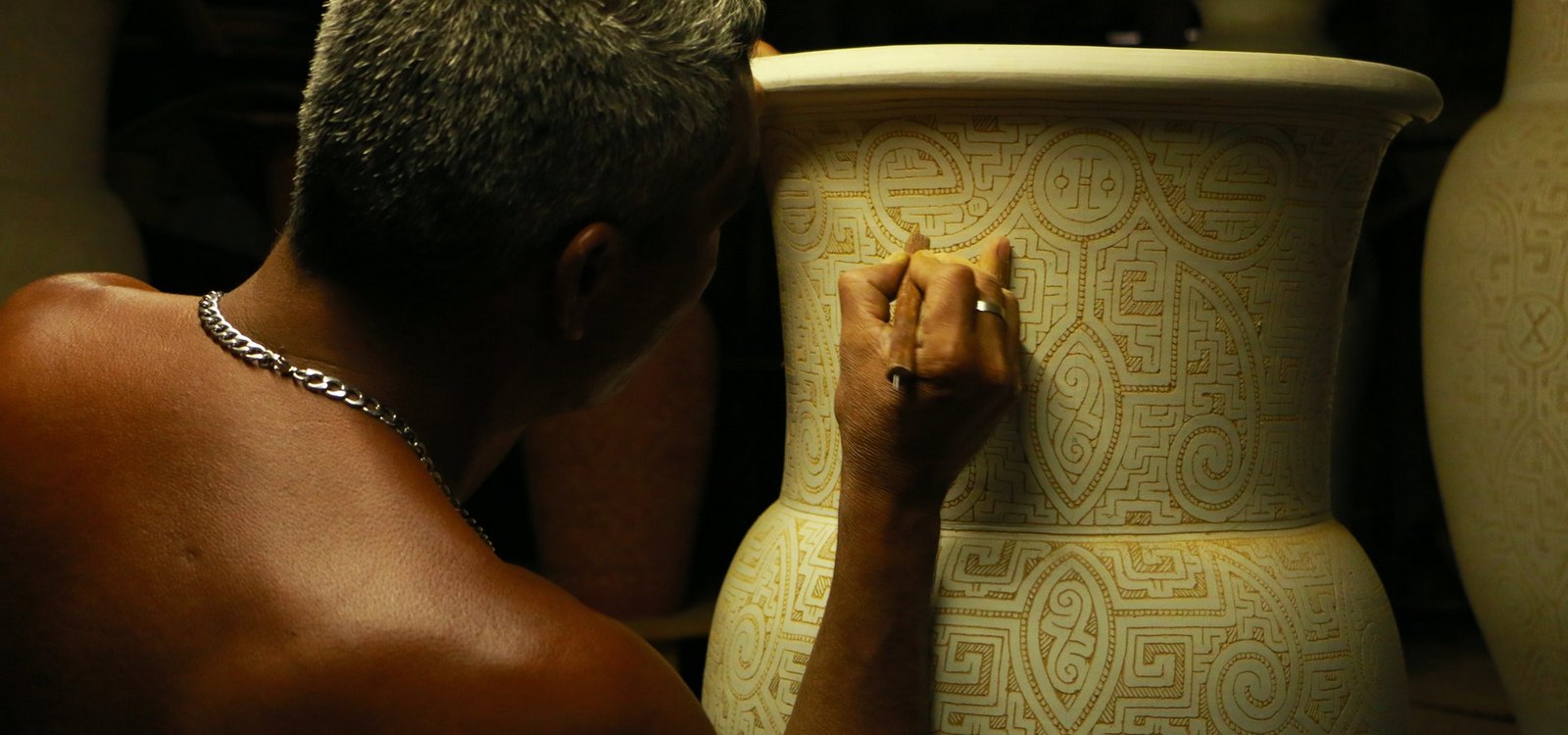
Engraving
Printmaking creates, for artistic purposes, an image on a die, which is then transferred to a two-dimensional (flat) surface using ink (or another form of pigmentation). With the exception of monotype, the same matrix can be used to produce multiple examples of printing.
Historically, the main methods (also called media) are wood engraving, line engraving, etching, lithography, and screen printing (serigraphy, silkscreen), but there are many others, including modern digital technologies. Prints are usually printed on paper, but other media range from cloth and parchment to more modern materials. The main tradition of printing is Japan (ukiyo-e).
European history
Prints in the Western tradition, issued before 1830, are known as old type prints. In Europe, from about 1400 BC, woodblock prints were used for master prints on paper, using printing methods developed in the Byzantine and Islamic worlds. Michael Wolgemuth improved German engraving from about 1475, and the Dutchman Erhard Reuwich was the first to use cross-hatching. At the end of the century, Albrecht Dürer brought Western printmaking to a stage that has never been surpassed, increasing the status of single leaf woodblock prints.
Chinese origins and practice
In China, the art of engraving developed about 1,100 years ago as illustrations along with text cut into wood blocks for printing on paper. Originally the images were mostly religious, but in the Song dynasty, artists began to carve landscapes. During the Ming (1368-1644) and Qing (1616-1911) dynasties, the technique was refined for both religious and artistic prints.
Development in Japan 1603-1867
Woodblock printing in Japan (Japanese: 木 版画, moku hanga) is a technique best known for its use in the ukiyo-e art genre; however, it was also very widely used for book printing during the same period. Woodblock printing had been used in China for centuries to print books long before the movable type, but was widely adopted in Japan surprisingly late in the Edo period (1603-1867). Although similar in some respects to woodblock printmaking in Western printing, moku hanga differs greatly in that it uses water-based ink (as opposed to Western woodblock printmaking, which uses oil-based ink), allowing for a wide range of bright colors, glazes, and color transparency.